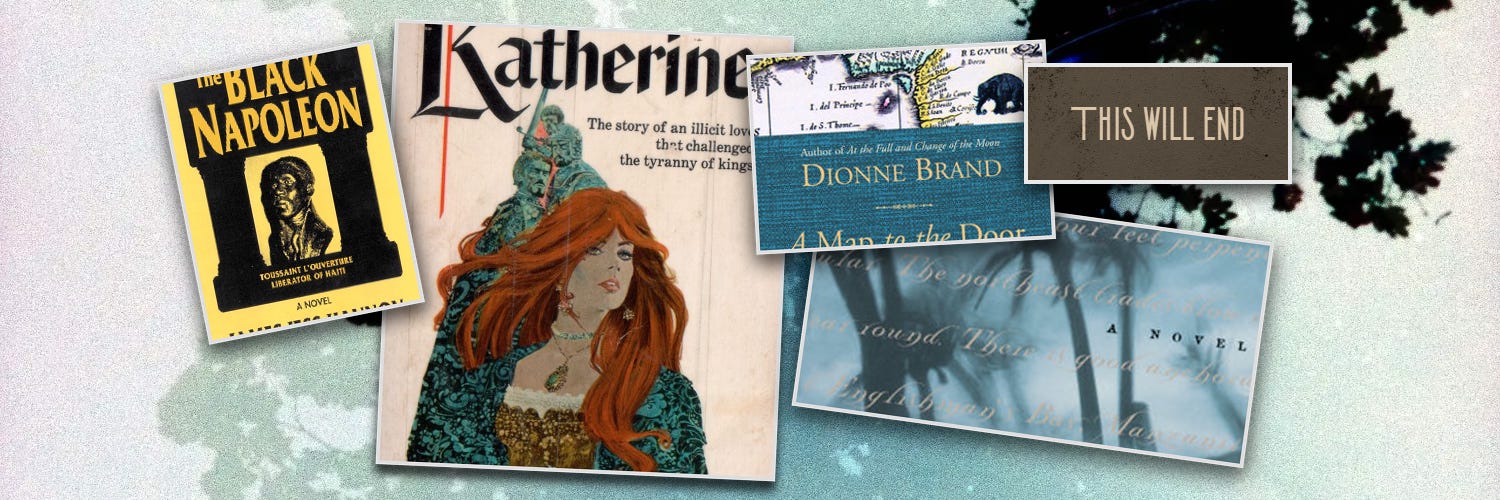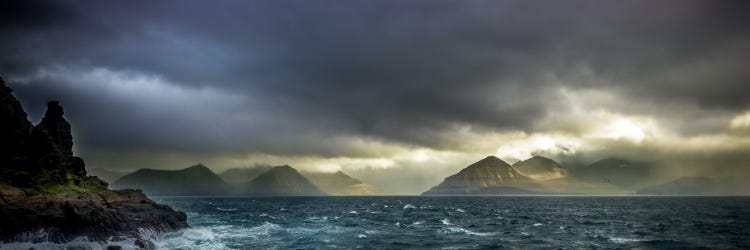The first book that impacted me is Katherine, a novel about Katherine Swynford by Anya Seton. There were other books before that. Nancy Drew, the Bobbsey Twins, Trixie Belden, the typical fare of pre-teen girls in the 70s and most of my copies were from the 50s and 60s so they gave me a glimpse into a world that no longer existed in the same way that mine did. Some of my Nancy Drew books were from the 30s when Nancy was just getting started and I remember thinking that Carolyn Keene must be very old and still writing. I remember feeling betrayed when I learned that there was no Carolyn Keene. Or at least not anymore. Wikipedia says that the original author was Mildred Wirt Benson.
But Katherine.

Katherine Swinford was the mistress and then wife of John of Gaunt. I was fascinated by the Plantagenets, still am really, and I think that this book is what set me on that path. It is a piece of historical fiction that traces the life of this woman about whom little is known. She wasn’t anyone important, although her sister did marry Geoffery Chaucer which is how Katherine wound up at court and beneath John’s gaze. Her children, the Beauforts, became the Tudors and profoundly shaped the world. But it was one scene in the book that wrenched me, that has stayed with me.
She left John. I don’t remember why but somehow she came to believe that their relationship had caused great harm, a cosmic and deeply religious harm that threatened to tear up the world. So she left him and there is a scene in the book where she is outside, in my memory she stands above the sea with the wind and storm around her while she wept and screamed out her anguish and it occurred to me reading this that nobody cared. That hundreds of years later nobody cared about her pain. It didn’t matter. Not that people were cold and unthinking, just that it truly did not matter. All those big overwhelming feelings were gone, returned to whatever source they emerged from like the rain cycles back to the sea.
I found that liberating. Because at the time I was unhappy in the way that most pre-teen girls are, all intense emotions revolving around me at the center of the known world. On top of that I had a difficult relationship with my mother, hindsight suggesting she dealing with trauma from her own childhood. There was also the racial layer, a brown kid in a white family with no language to articulate the distance between me and basically everything for various reasons that I didn’t understand except that somehow it was possibly my fault.
And there was Katherine, screaming in anguish her cries and her tears absorbed by the storm and then what. Gone? I don’t know what happens to feelings but hers no longer mattered in the way that things matter and I found that liberating because it meant that whatever I was being consumed by had a time limit. That there would come a time when it wouldn’t matter. And when you are a pre-teen girl and think that you are the bright shining spot the world revolves around that is intensely liberating because imagine the pressure of being at the center of all things.
It is unbearable.
I remembered this scene because I am reading Dionne Brand’s A Map to the Door of No Return and she writes about falling face first into Black Napoleon and what it taught her about the Haitian Revolution, about her own history that she had not learned in school. Lives and struggles and strength that she had not been taught were her inheritance. She then writes about her own book At The Full and Change of the Moon, about Kamena, an enslaved man who flees his Caribbean plantation. It is also about Marie Ursule, the morning she woke with the intention of committing suicide, and her child Bola. Kamena takes Bola with him to what. Freedom? I don’t know, but she writes about Kamena’s descendants fanned out across the globe, people who don’t know each other, don’t know Marie Ursule’s anguish, don’t know his desperate search for something he never finds. And as I read that I thought about Katherine and her anguish joined with the despair of Marie Ursule and I thought about how different and yet connected these two women were.
They are profoundly different. Katherine was not royalty herself, but she moved in royal circles. Marie Ursule was enslaved. More than 300 years and a good deal of racial and social distance separated them, but they both felt despair and loss. They were both overwhelmed by circumstances beyond their control and their descendants have no idea. Which is liberating is it not?
Wouldn’t the weight of all those emotions become an unbearable burden? Isn’t it comforting to know that whatever bears you down will pass, will fade, will one day not matter?
Those books too provide a glimpse into a world that no longer exists in the way that mine does. Worlds that are separated by hundreds of years, or at least doorways to those worlds because Katherine was written in 1954 and A Map to the Door of No Return (2001) reflects on a book set in 1824 and written in 1999. So these books are themselves doorways we can’t really walk through, they are an idea rather than a place just as the door that Brand writes about. Because although there is a door at Elmina Castle in Ghana, it is one of many .. many that are perhaps lost. And perhaps not all those who left in chains left through a door. She writes that the door is “no place at all but a metaphor for place.”
Just as these books are also not history but metaphor, second hand recollections of a past they imagine. Books that capture the anguish of women long dead and display them for us as if to say that their pain does matter, that whatever echoes of it remain wherever it is that feelings go, that they tie us together and maybe in our heartache and grief we would reach across oceans and centuries and recognize ourselves in someone who is profoundly other.

Because it does end. Sometimes in storm, sometimes in rain, sometimes in a sun that keeps coming up.
This will end
where do feelings go?
